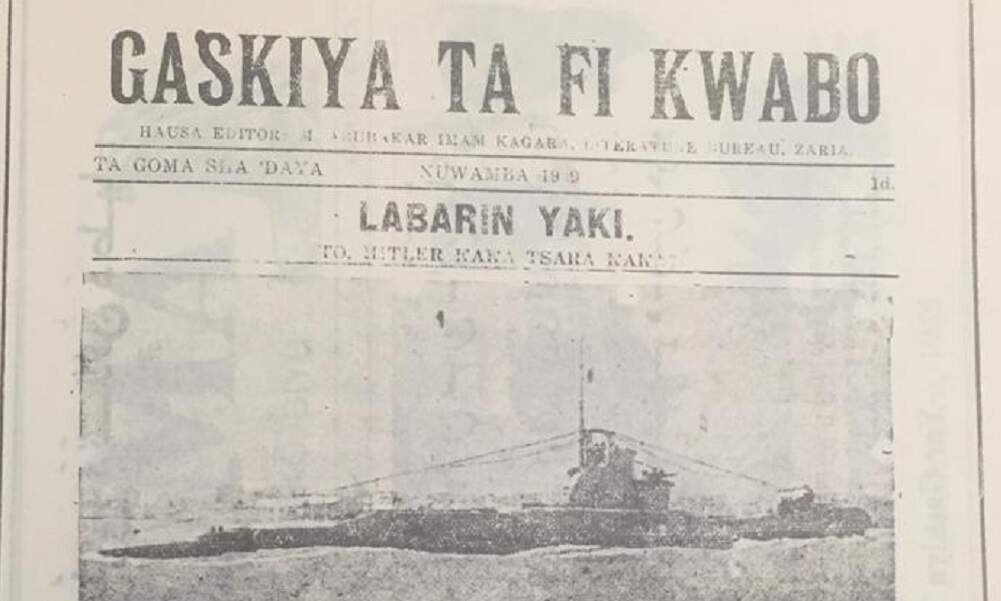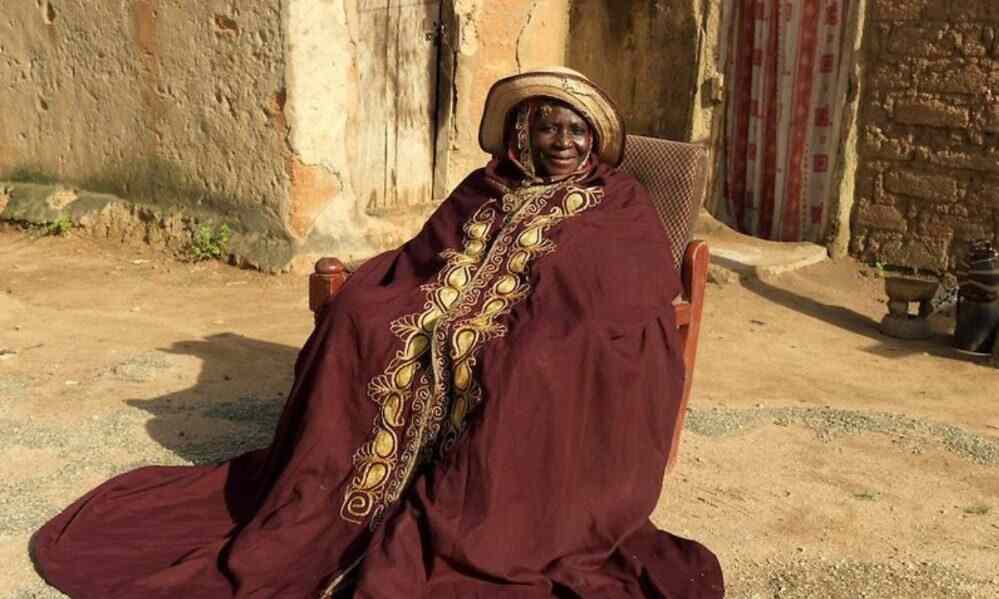
History of Gaskiya Ta Fi Kwabo, Nigeria’s First Hausa Newspaper
Gaskiya ta fi Kwabo, an ingenious northern newspaper, which arguably created the standard of contemporary Hausa writing, which mixed both the Hausa form of writing using Arabic letters known as Ajmi and the Roman form of writing in order to carry along to two kinds of literates in the colonial Hausa days.
Gaskiya Ta fi Kwabo is said to be a documentation of the Hausa people and the perspective they held regarding World War II. The newspaper became the longest indigenous language newspaper that existed in Nigeria.
What is the Meaning of Gaskiya Ta Fi Kwabo?
Gaskiya Ta Fi Kwabo, a term coined for a Hausa based newspaper and periodicals which means “Truth is worth more than Kobo”.
The concept of the newspaper started in 1936 when the government of Northern Nigeria wanted to find a better means of passing information and the newspaper was officially launched in January 1939 and immediately started publication right after, which was under the auspice of the Gaskiya corporation, which was earlier known as The North Regional Literature Agency (NORLA).
When Was Gaskiya Ta Fi Kwabo Founded
Gaskiya Ta fi Kwabo was founded in the late 1936, when the government overseeing Northern Nigeria was interested in ways to reach out to its citizens about their various activities. This became imminent when rumors began to spread around the country that the British colonial masters were intending to handover Nigeria to Hitler, who was on his world conquest.
To curb the wide spread of fear and rumors flying around the country, a suggested solution was to create a medium of disseminating information in a way that would be easily comprehendible by most citizens in the North, which was how Gaskiya Tafi Kwabo came about.
Gaskiya was important for providing information about World War II to Nigerians, and the stand the British were taking and planning to take in order to curb the tension that was consuming the minds of the populace.
The headquarters of the newspaper, was in Zaria which was where the Gaskiya Corporation was situated, and where the periodicals were also published. The paper played a great role in increasing the popularity of the war happenings and the effort the Government was putting towards the war effort during the early 1940s.
The first Editor of the news paper was Mallam Abubakar Imam Kagara, who was a well versed and incisive man and was just the perfect fit for the job. He did an almost perfect job that the newspaper, Gaskiya Ta fi Kwabo is argued now to have set a standard in Hausa writing; from spelling, to the grammar implored in the periodicals, as well as the style and vocabulary used.
The New Nigerian Corporation (now New Nigerian Development Corporation – NNDC), which was a company set to take over the management of companies and entities in Northern took over the management of the Newspaper in January 1966.
For How Long Did Gaskiya Ta Fi Kwabo Last?
Gaskiya Ta fi Kwabo has the longest life span of all indigenous language to have set up a newspaper outlet. It operated entirely in Hausa from 1939-1965, and in 1965, the Gaskiya corporation had an English version titled Nigerian Citizen. In 1966, after which the NNDC took over amongst many things changed the name to New Nigerian. In the sense of being purely a Hausa based newspaper, it lasted for over 26years before taking another form.
The NDDC set up a corresponding plant in the Southern part of the country in March, 1973, alongside that of Kaduna. They concurrently sold the newspaper in both Kaduna and Lagos which improved the wide distribution of the paper.
However, when 12 states were created in the North by the Federal Government in July 1967, possession and control of the company became that of the Northern states, and was temporarily under the Interim Common Services Agency (ICSA). The Federal Government in 1975 took full control of the company and was placed under the Federal Ministry of Information.
It is currently under the 19 Northern states as it was handed back to them in 2006.
Achievements and Success
Gaskiya Ta fi Kwabo has recorded tremendous success from its inception. Amongst them is the ability to reach a wide range of readership from the populace, thanks to the creative idea of introducing the Ajmi scripting of Hausa letters. Also, amongst their many achievements is the role they played in the Nationalistic fight.
Gaskiya Tafi Kwabo became a popular outlet to discuss contemporary issues, as was well utilized by one of the front liner Nationalist, Sa’adu Zungur, to mention a few and how it became an outlet to educate people.
It was also a landmark achievement through the successful establishment of the Gaskiya Tafi Kwabo, on the clear reason that it was the first attempt by the Government to set up a newspaper.

